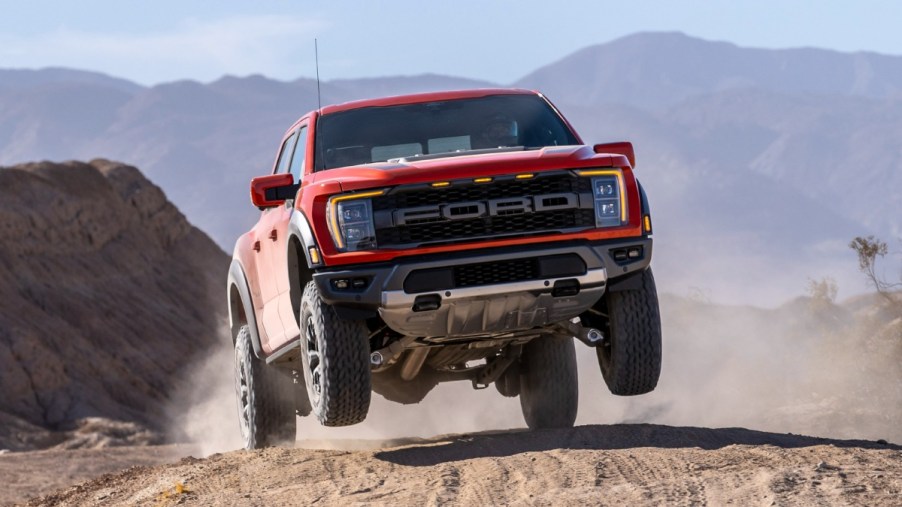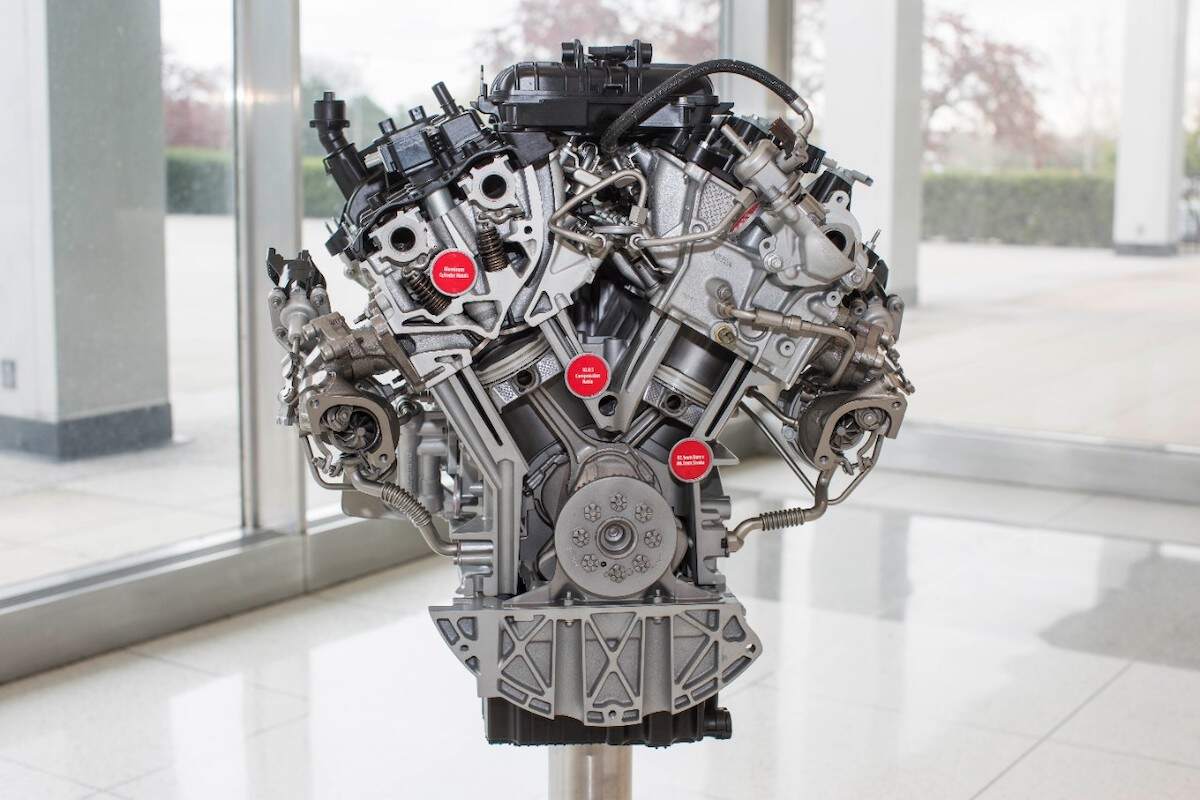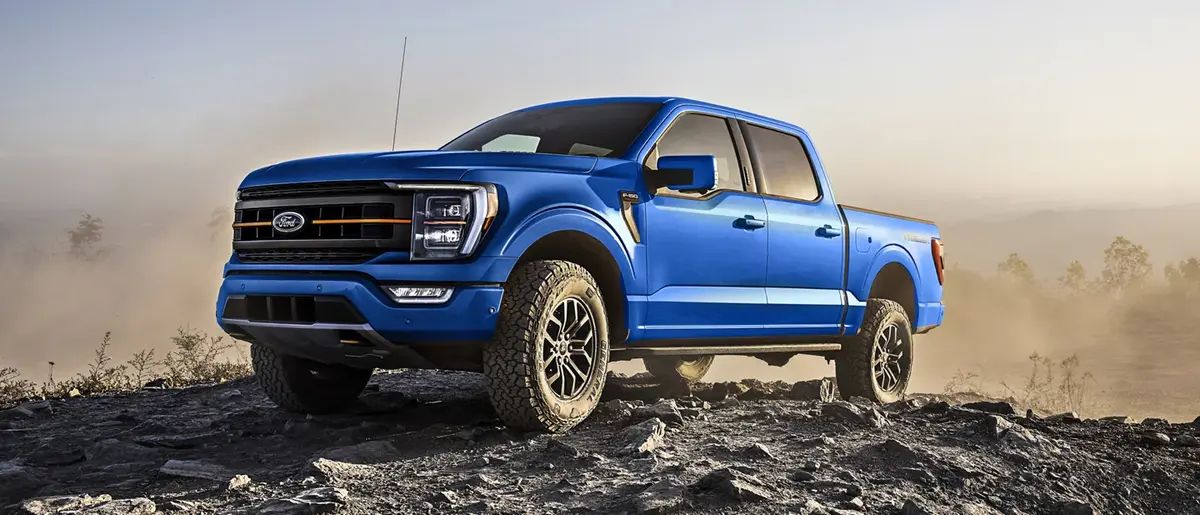
Common Problems: Is the Ford F-150 3.5-Liter EcoBoost V6 the Best Compromise?
Ford has gone all-in on the 3.5-liter EcoBoost V6. It has powered many Lincoln and Ford vehicles since 2010, including the F-150 and GT. Yes, it’s mostly the same engine today. But some Eco Boost V6 problems cropped up in the first generation, which the automaker addressed with the second.
First, some background: The 3.5-liter EcoBoost V6 is a twin-turbo engine. It harnesses 355 hp to 647 hp. The first version was reliable and stout. But the second adds extra power and torque with other updates.
What did Ford fix in the 2nd-generation 3.5-liter EcoBoost V6?

The first-gen 3.5-liter EcoBoost combined twin-turbocharging, direct injection, and variable valve timing. It was Ford’s first stab at combining all three. Because the turbos are small, they spool up quickly and help the EcoBoost V6 scoot along. That works well for the F-150 and other models the engine was stabbed into, like the Explorer, Expedition, and Ford Taurus SHO sedan.
One thing all engine manufacturers discovered with direct injection was carbon buildup, which causes other issues. Ford was no exception. So, the company improved the EcoBoost V6 in 2017 by adding port injection. Those updates deal with the timing chain, carbon buildup, and ignition system problems.
EcoBoost V6 carbon buildup problems

Carbon buildup affects all engines that incorporate direct injection. Oil blow-by builds up as carbon in the cylinders and accumulates on the intake valves. That restricts airflow as the miles mount, affecting power and overall engine performance.
Issues include misfiring, rough idle, hesitation under acceleration, and power loss. With port injection, the fuel acts as a cleanser for the intake ports and valves. When the air is restricted, it fouls up the air-fuel mixture, resulting in an engine misfire and the issues mentioned.
If conditions worsen with your first-gen Ford EcoBoost V6 engine, the intake ports and valves must be cleaned. Walnut blasting is one way. Scraping it off the intake ports manually is another. No parts replacement would be involved, just the labor to free them of the carbon deposits.
EcoBoost V6 timing chain problems

The 3.5-liter timing chain issues mainly affected the first years of the 3.5-liter EcoBoost V6 engine from 2010 to 2014. The chain scratches, as most eventually do. But wear on the guides, tensioners, and cam phasers increases as miles mount. The good news is that even if your engine is out of warranty, you can still negotiate with Ford to help fix this problem, TuningPro reports. Replacing all of the above is recommended.
Spark plug and coil pack issues
Problems with spark plugs and coil packs are common with turbocharged engines like the Ford EcoBoost V6. The electronic components wear out from regular use and heat. (Hey, they’re electronic parts exposed to high heat.)
Symptoms include misfiring, rough idle, slight hesitations, and a check engine light. Ford recommends replacing the spark plugs at 40,000 to 60,000 miles and the coil packs at 80,000 to 100,000 miles.
But you should probably shorten those periods to 25,000 to 30,000 miles for the spark plugs and 50,000 to 70,000 miles for the coils. Replacing spark plugs and coils is relatively easy because they’re on top of the engine.



